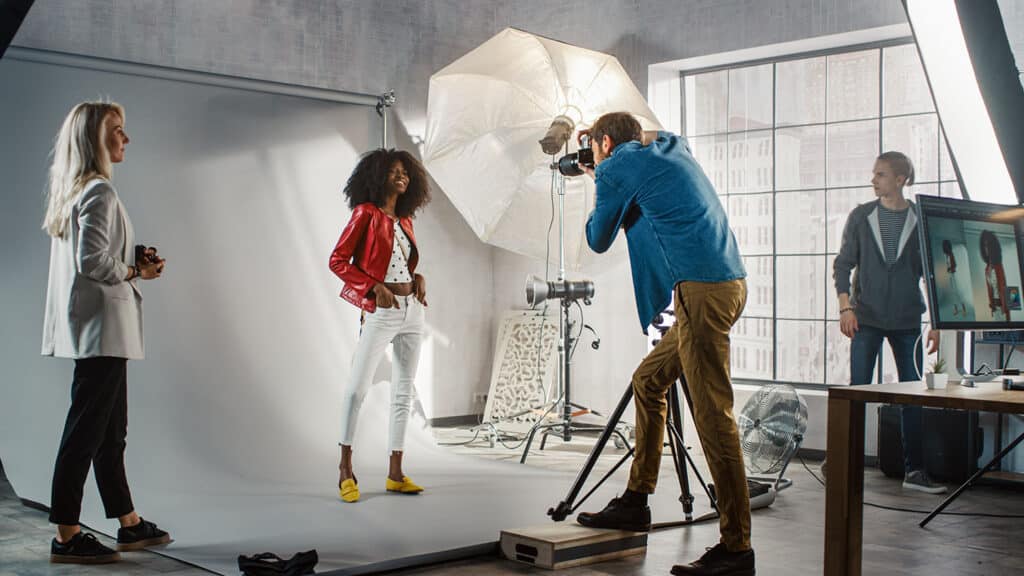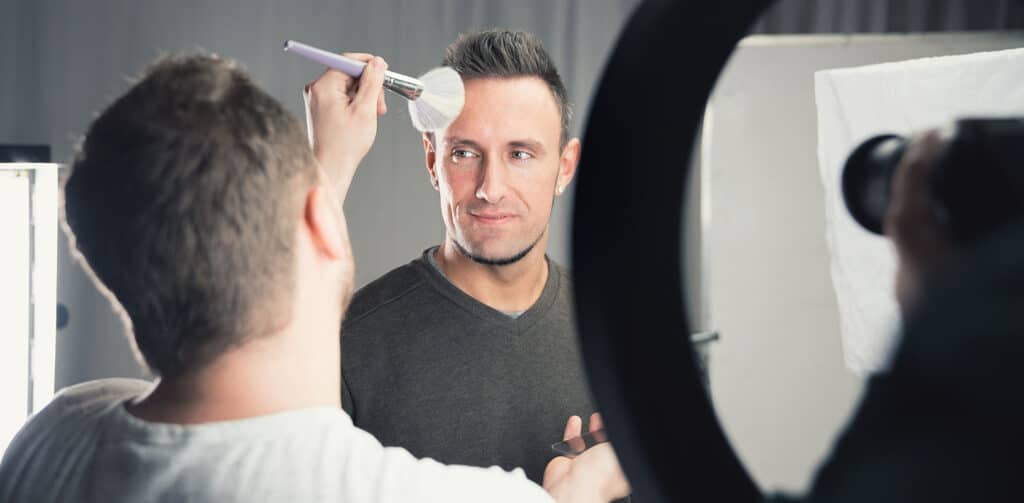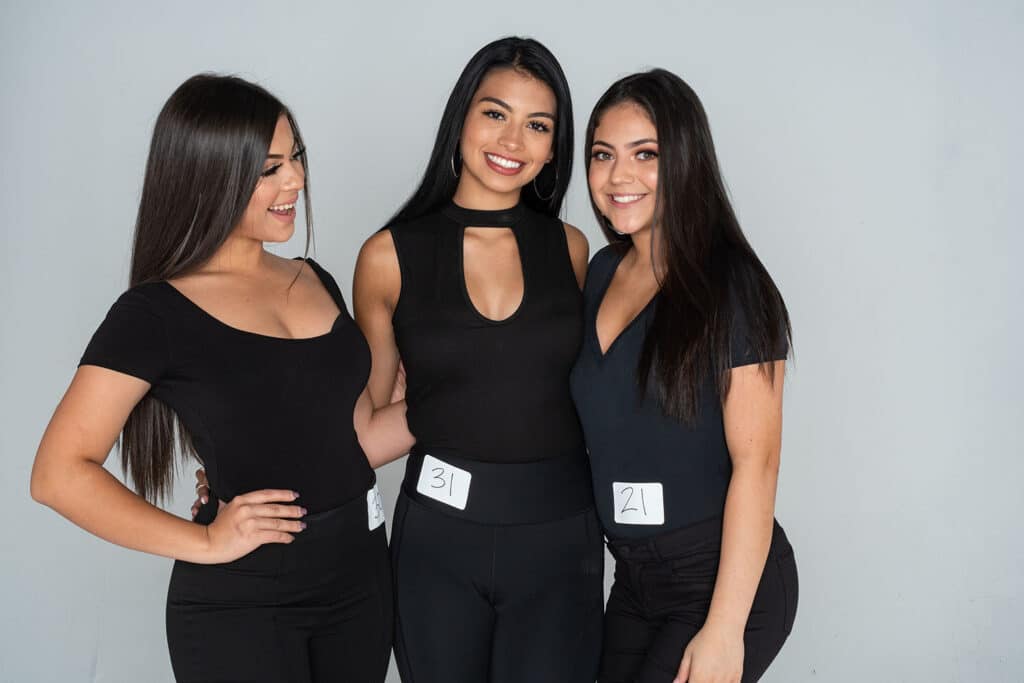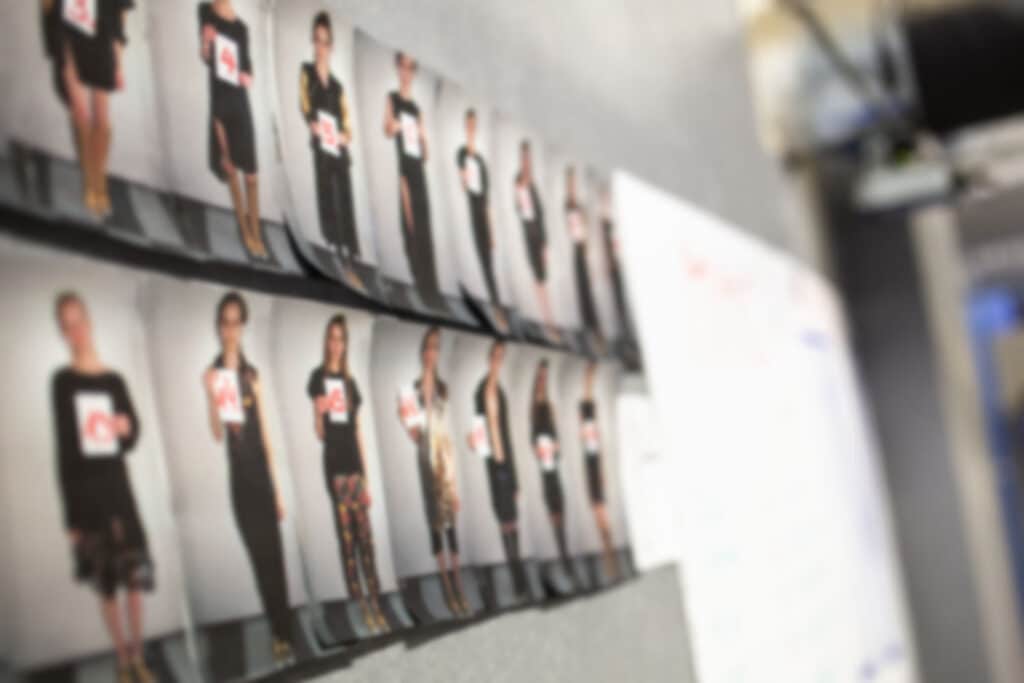As an aspiring model, navigating the audition and casting process can be daunting. But don’t panic – in this comprehensive guide, we will break down the steps involved in auditioning for modelling gigs, providing invaluable insights, tips, and inspiration to help you make a memorable impression as you kickstart your modelling career.
Understanding the Industry
Before delving into the audition process, aspiring models must have a solid understanding of the dynamic and multifaceted modelling industry. The industry comprises various niches such as fashion, commercial, runway, fitness, and more. Each sector has its own set of requirements and expectations, making it essential for models to identify their niche and tailor their approach accordingly.
Step 1: Building a Stellar Portfolio
Your modelling portfolio is your visual resume and the key to unlocking opportunities. It serves as a compilation of your best work, showcasing your versatility, skills, and unique features. Invest time and effort in curating a diverse portfolio that includes professional photoshoots, headshots, and full-length shots highlighting your body proportions.
Collaborate with reputable photographers, makeup artists, and stylists to ensure the quality of your portfolio. In the digital age, having an online portfolio is equally important; many models choose to show their portfolio on a tablet or iPad for ease. Create a user-friendly website or leverage social media platforms like Instagram to showcase your portfolio to a global audience.

Step 2: Researching Opportunities
Stay informed about upcoming casting calls, auditions, and modelling opportunities. Use online platforms, modelling agencies, and industry events to discover potential gigs. Social media plays a crucial role in this aspect, with many casting directors and agencies using platforms like Instagram to scout for fresh talent. Follow modelling agencies, photographers, and relevant hashtags to stay updated on casting opportunities.
Remember, though, that ads on social media will increase the amount of people you’ll be competing against. You should also be wary of social media ads that look too good to be true, or do not appear on verified accounts – always be aware of scams and do your research to stay safe.
Step 3: Crafting a Standout Model Resume
Just like any other profession, models need a well-crafted resume to present to potential clients and agencies. Include essential details such as your contact information, measurements, previous modelling experience, and any special skills or talents you possess. Keep your resume concise, highlighting your achievements and unique qualities that set you apart from the competition. Not all agencies will request a resume/CV, but it’s always good to have one just in case.

Step 4: Submitting Applications
Once you’ve identified suitable casting calls, carefully read the requirements and submit your applications. This is most typically done online. Pay close attention to the specified criteria, including age range, height, body type, and any specific attributes the client is seeking. Submit high-quality photos and your model resume, showcasing your professionalism and attention to detail.
Step 5: Preparing for Auditions
Congratulations! You’ve been shortlisted for an audition. Now it’s time to prepare. Research the client, brand, or project you’ll be auditioning for to align your presentation with their aesthetic. Choose outfits that reflect your personal style while remaining versatile enough to showcase different looks. Know what you will wear to the audition ahead of time. Ensure you have suitable, well-fitting nude coloured underwear as you will likely have to try on some garments at the audition. If you plan to wear heels, bring them in your bag – you’ll likely be standing on your feet all day, so wear comfy shoes to get to and from the audition.
Practice your walk for runway auditions, ensuring confidence, poise, and grace. For commercial or photoshoot auditions, practice expressing a range of emotions and poses to demonstrate your versatility. Remember, preparation is the key to confidence, and confidence is what will set you apart during auditions.

Step 6: The Audition Day
On the day of the audition, arrive early to familiarise yourself with the location and complete any necessary paperwork. Do not turn up late! It will count against you massively as you will be expected to show up for shoots in plenty of time. In in doubt, leave extra early and be ready for anything that could delay you, such as traffic or bad weather. Bring a book or other form of media to keep yourself entertained in case you arrive too early. Be also sure to bring snacks and water as you may have to wait a while between other auditions.
Dress in a manner that complements the casting’s requirements and enhances your unique features. Be polite and professional, as first impressions are crucial in the modelling industry.
During the audition, follow instructions carefully and showcase your personality. Whether it’s a runway walk, a photoshoot scenario, or a brief interview, exudes confidence and enthusiasm. Maintain eye contact, listen actively, and be receptive to feedback. Even if you face rejection, view it as an opportunity to learn and grow.
Step 7: Building a Professional Network
Networking is a vital aspect of the modelling industry. Establish connections with photographers, stylists, makeup artists, and fellow models. Attend industry events, fashion shows, and social gatherings to expand your network. Building strong relationships within the industry can lead to more opportunities and collaborations. Be polite to everyone you meet, and hand out z-cards to ensure people remember you.

Step 8: Navigating Rejections
Rejections are an inevitable part of the modelling journey. Instead of letting them deter you, use them as stepping stones to improve and refine your skills. Take feedback positively and continuously work on enhancing your portfolio. Remember that resilience and perseverance are vital qualities in the competitive world of modelling – you won’t get far without them.
The audition and casting process in the modelling industry can be a rollercoaster of emotions, but with the right preparation, attitude, and determination, aspiring models can navigate this journey successfully. Build a compelling portfolio, stay informed about opportunities, and approach auditions with confidence and professionalism. By embracing rejection as a part of the learning process and actively networking within the industry, aspiring models can carve a niche for themselves and embark on a rewarding career filled with exciting opportunities. Now, go out there, showcase your unique flair, and let your modelling journey begin!


this information its helpful